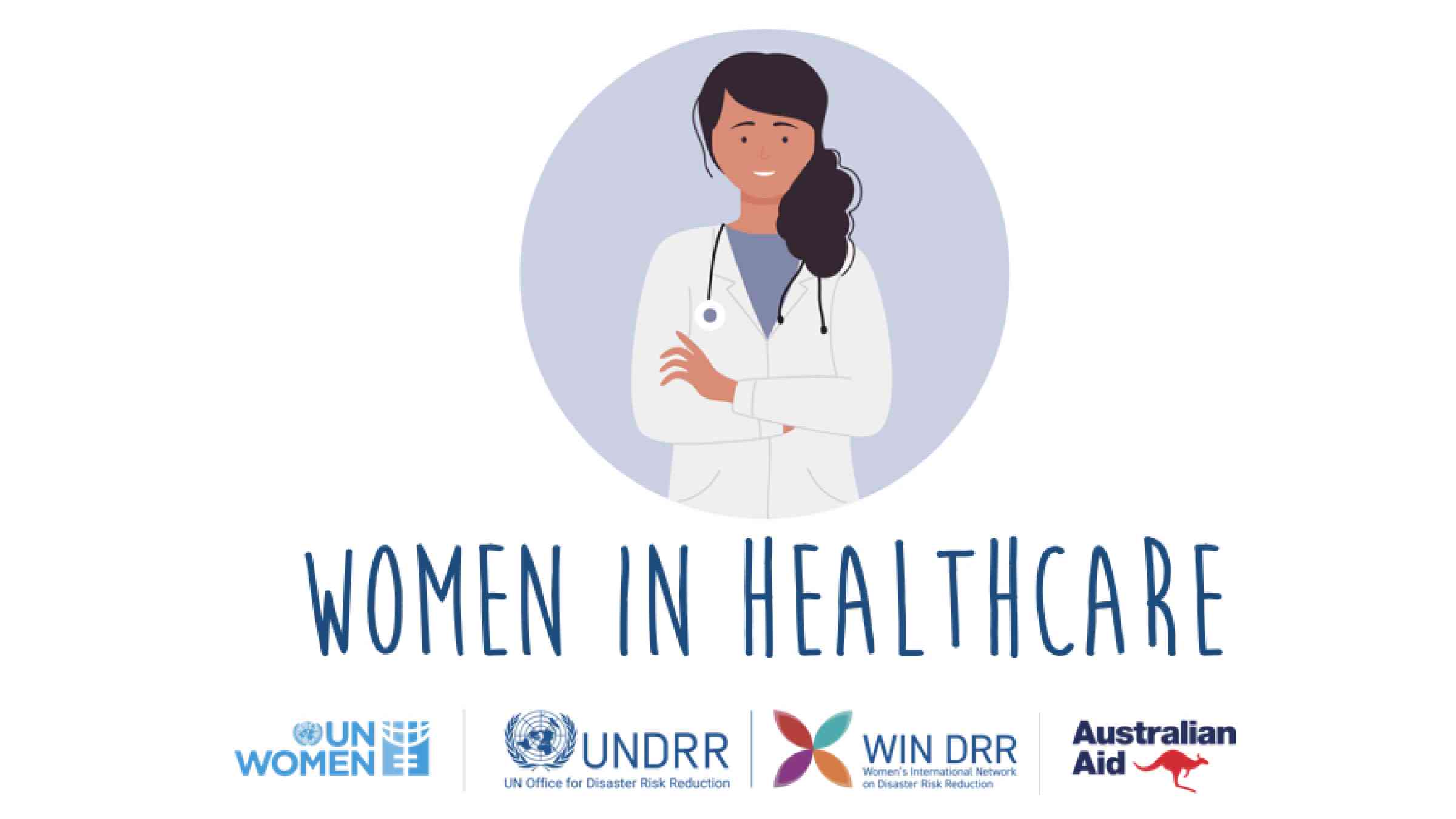Just How Healthcare RCM Solutions Streamline Billing and Collections
Just How Healthcare RCM Solutions Streamline Billing and Collections
Blog Article
A Comprehensive Guide on How Healthcare RCM Functions to Improve Payment and Collections
Navigating the complexities of medical care earnings cycle management (RCM) is vital for companies aiming to improve their invoicing and collections procedures. The overview unboxes the details of RCM, from person enrollment to accounts receivable monitoring, supplying insights right into enhancing each step.
Comprehending Profits Cycle Administration
Understanding the details of Revenue Cycle Monitoring (RCM) is vital for health care companies aiming to optimize their economic efficiency. RCM is an important management function that encompasses the whole financial process of patient treatment, from the preliminary consultation setting to the last repayment of the equilibrium. It is a complex procedure made to identify, gather, and handle the profits from the solutions supplied to clients. Effective RCM makes sure that doctor obtain accurate and timely settlements, minimizing the risk of income loss and boosting capital.
The RCM process begins when a patient schedules an appointment and expands via the patient's care trip, including invoicing and collections. A vital purpose is to lower the time in between giving a solution and getting repayment, therefore improving the company's economic wellness. RCM includes different features such as individual enrollment, insurance policy verification, charge capture, coding, asserts entry, payment uploading, and dealing with rejections and appeals.
Trick Parts of RCM
In the world of Revenue Cycle Management (RCM), comprehending its essential elements is basic to accomplishing financial performance within health care companies. RCM is an extensive process that encompasses various stages, each essential to guaranteeing reliable invoicing and collections. The main components consist of patient registration, insurance verification, cost capture, coding, insurance claim entry, repayment uploading, and balance due monitoring.


Once coded, insurance claims are submitted to payers, where precision is vital to stay clear of hold-ups or beings rejected - Healthcare RCM. Settlement publishing entails taping the obtained repayments, which enables for the settlement of accounts. Finally, accounts receivable management concentrates on tracking and addressing unsettled claims, guaranteeing timely follow-up and resolution
Each component of RCM is adjoined, and inadequacies in any kind of component can interrupt the whole cycle. Therefore, mastering these aspects is necessary for doctor to enhance income and boost their financial wellness.
Strategies for Effective Invoicing

Standardizing billing treatments throughout the organization is another vital strategy. Developing clear standards for documentation, coding, and submission aids preserve uniformity and compliance with governing demands. Training personnel consistently on these procedures guarantees everyone is updated with the most recent adjustments in payment codes and payer policies.
Accurate fee capture is crucial in preventing profits leakage. Carrying out regular audits and surveillance systems permits for the recognition and correction of disparities before they impact earnings. Furthermore, keeping open lines of interaction with payers aids to quickly fix any type of conflicts or misconceptions that may arise.

Last but not least, interesting clients early in the billing process by supplying clear quotes and academic products regarding their economic obligations can considerably minimize confusion and enhance settlement timeliness. These approaches collectively add to an extra reliable and redirected here economically healthy invoicing system.
Enhancing Collections Processes
A durable collections process is vital for maintaining economic stability within healthcare companies. Given the intricacies of clinical billing and the variety of payer needs, improving the collections process includes carrying out calculated procedures that ensure accurate and prompt settlement of services provided. Central to this is making use of technology to automate and improve procedures, reducing hand-operated errors and enhancing performance. Automation devices can help in tracking case standings, sending prompt tips to people, and managing rejections a lot more efficiently.
Clear and transparent patient communications are critical. Providing comprehensive explanations of charges and providing versatile settlement strategies can increase individual complete satisfaction and timely repayments.
Routine audits of the collections procedure need to be conducted to recognize areas for renovation and guarantee compliance with policies. By assessing information, healthcare companies can recognize patterns, prepare for possible problems, and adjust techniques as necessary (Healthcare RCM). Eventually, a well-enhanced collections procedure not only supports financial wellness however also adds to a more smooth experience for individuals and personnel additional hints alike
Optimizing Revenue Streams
Building upon the structure of a solid collections process, healthcare companies can better boost their monetary stability by tactically optimizing revenue streams. This involves a multi-faceted technique, beginning with an extensive evaluation of existing income sources to identify inefficiencies and locations for development. Using sophisticated information analytics devices allows companies to obtain understandings into payer mix, person demographics, and solution utilization patterns, enabling for data-driven decisions that improve earnings capture.
Applying automated billing systems can significantly decrease errors and expedite insurance claims refining, making certain that earnings is accumulated more efficiently. Furthermore, enhancing payer contracts via regular negotiations can enhance reimbursement rates and terms, straight influencing the lower line. Expanding solution offerings, such as incorporating telehealth or health care, can likewise attract a wider patient base, therefore raising revenue capacity.
Another crucial part is enhancing patient official source interaction and satisfaction, as pleased people are more probable to comply with treatment plans and make prompt payments. Supplying adaptable payment alternatives and transparent billing practices can boost collections and foster client commitment. Healthcare RCM. By adopting these methods, healthcare organizations can develop an extra resilient financial framework, guaranteeing continual development and stability in an ever-changing industry landscape
Final Thought
In verdict, health care Profits Cycle Monitoring (RCM) plays an essential duty in optimizing invoicing and collections processes by integrating vital elements such as patient enrollment, insurance policy confirmation, cost capture, coding, declares entry, and receivable management. By utilizing advanced technology, systematizing procedures, and cultivating individual interaction, medical care service providers can substantially reduce insurance claim rejections, accelerate payment cycles, and improve cash money circulation. This detailed approach to RCM inevitably causes boosted economic performance and sustainability for medical care organizations.
The RCM procedure begins when an individual schedules an appointment and extends via the individual's treatment journey, consisting of invoicing and collections.One more vital component is boosting person interaction and contentment, as pleased individuals are a lot more likely to adhere to therapy plans and make timely payments. Offering adaptable repayment alternatives and clear payment techniques can enhance collections and foster person commitment.In conclusion, medical care Revenue Cycle Administration (RCM) plays a critical duty in maximizing invoicing and collections processes by incorporating vital parts such as person enrollment, insurance policy confirmation, charge capture, coding, declares submission, and accounts receivable monitoring. By using sophisticated modern technology, systematizing procedures, and cultivating person involvement, health care carriers can substantially minimize insurance claim rejections, increase repayment cycles, and improve cash circulation.
Report this page